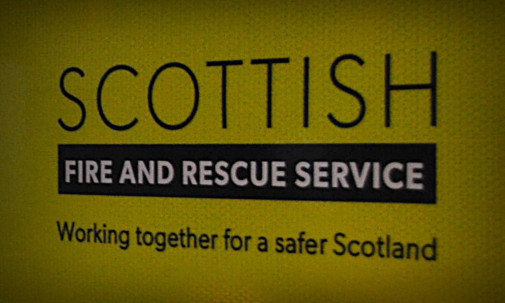A vital firefighting mobile command unit is to be stripped out of Fife as centralisation leaves the region “invisible on the map”.
A review of the specialist equipment inherited by the new single Scotland-wide fire service has recommended the command and control unit in Dunfermline be moved elsewhere.
This means in the event of a major fire the nearest such unit would be in Bo’ness, Edinburgh or across the Tay in Dundee.
Councillor Helen Law said she feared that, along with the closure of the telephone control room, Fife could be left “invisible on the map”.
She said: “We want to play our part but I feel we are losing everything. It could be seen as Fife being downgraded, the folk of Dunfermline, and in fact the folk of Fife, will not be pleased we will not have a single unit in that category left here.”
She was backed by counterpart George Kay, who fought for the Fife unit, which was brought in as an operational hub to manage major and complex blazes or incidents.
“In a different era we struggled long and hard to get that and I don’t understand why there isn’t now going to be one in Fife.
“We are the third biggest local authority, we make up 8% or 9% of the population, so I think we fit the criteria.”
There are 11 units across Scotland, with a further vehicle not yet allocated to a station but the plan is to reduce them to three in the north, four in the west and two in the east.
Senior officer Kenny Rogers told Fife’s Safer Communities members the command and control unit was not a frontline life-saving service but was only deployed some time after an incident had started.
With others being between 20 and 40 minutes away, he said its loss “was not a concern for us at local level”.
Chairman Kenny Selbie said he shared the concerns, however, and questioned why Fife could not retain the unit if there were to be nine across Scotland.
The review came after the introduction of the single Scottish Fire and Rescue Service and has looked at the vast array of specialist equipment in Scotland’s eight former services.
It looked at balancing the specialist resources across Scotland decisions were taken to locate them in specific areas based on risk, operational activity, population and geography.
In Fife, it means Dunfermline will lose the command and control unit and gain a mass decontamination unit from outwith Fife. It will retain its high-reach appliance, while the welfare unit will move to Kirkcaldy. Lochgelly will lose its heavy rescue vehicle, which will be moved out of Fife, but will retain its line rescue service.
The emergency support unit is to be removed from Methil, the water rescue unit will stay in Glenrothes and Kirkcaldy will keep a high-reach appliance.
There will be no change to the retained stations and “no detrimental effect” on staffing levels of any individual station or across Fife as a whole.
In a report it was noted while the local effects of changes have been considered, the main focus had always been on the overall strategic impact. It stated: “Specialist resources by their very nature are limited in number and availability and have to be deployed in a manner which fits the overall risk profile within Scotland.”
